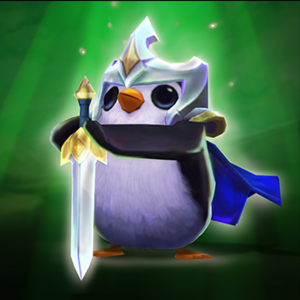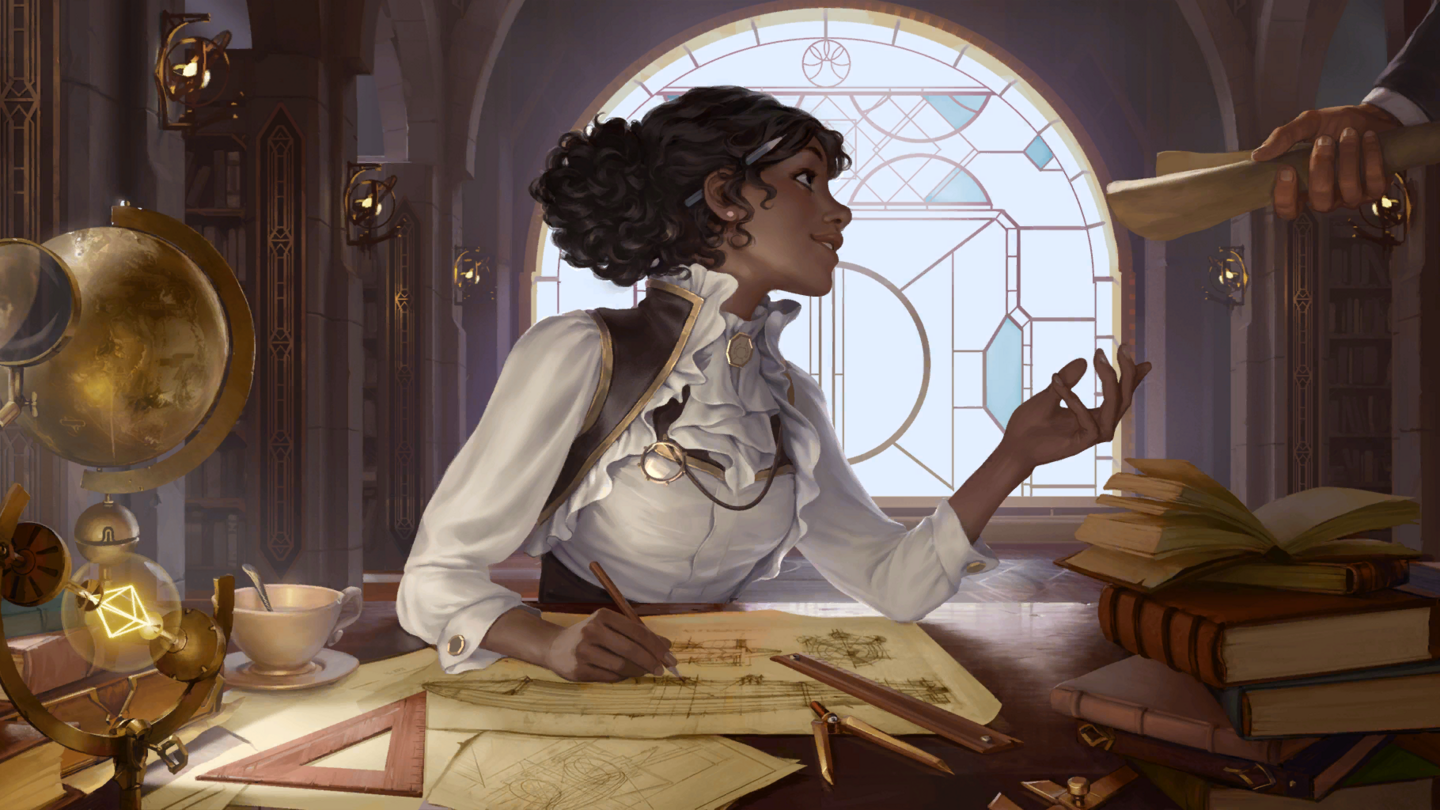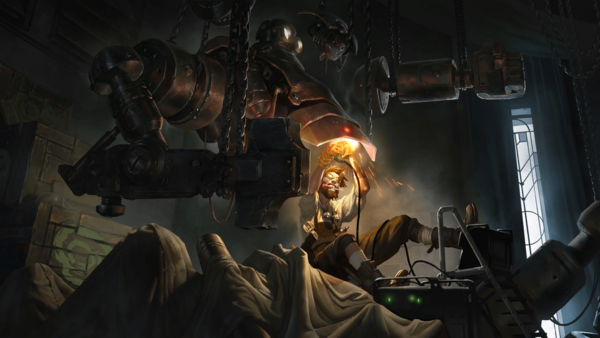We believe that a strong understanding of audience leads to great games. For this reason, the early phases of our R&D production lifecycle focus on learning about players, the genre, and the specific opportunity we’re pursuing. We call this process “sensemaking,” and it typically takes place during the Incubation phase of the production lifecycle. We pursue it with the goal of developing a deep understanding of an audience / player so that we can recognize areas of innovation that might have otherwise gone unnoticed.

The incubation phase is new to Riot, but is absolutely critical to how we create our pipeline of games for two main reasons:
- It enables us to create a wide funnel of ideas that, through debate, research, and comparison, is then narrowed down to a small number of opportunities that get funded and make it to Prototype. (No pitch has ever made it through the gate on its first pass, and very few pitches, approximately 10%, ever make it into Prototype.)
- Games that move through Incubation and into Prototype have a very clear thesis (problems or new opportunities that might exist in a given genre and the strategy to solve them). A concise thesis enables us to definitively move through the prototype phase because we know exactly what we are trying to prove / disprove and we can set milestones appropriately and evaluate progress with transparency.
During incubation and early prototype we spend a lot of time going back-and-forth on ideas and trying to discern what is truly innovative about the opportunity space. In the past, we have seen teams with a compelling vision (basically, the outcome we’re trying to create) but no clear thesis move into prototype. Sometimes this works out, but often the team spends a lot of time trying to figure out what to do and what needs to be proven to make a vision, reality. We want to frontload this work in incubation so when a team gets greenlit into prototype they are ready to move ahead.
While a game’s vision is important, every R&D game needs to understand the unique innovations that are critical to its success. This saves the team time, keeps them smaller (and more agile), allows for quicker pivoting, and enables them to move more rapidly into prototype development.
Rather than learning everything about everything, or tinkering with minor things, our teams are free to focus their efforts on important areas, such as balancing social features with existing gameplay or creating a deep competitive experience while keeping the game accessible. This causes much faster and relevant innovation than what we’ve seen from less structured approaches. It also enables us to make more decisive decisions about the status of a game because we know what they are trying to prove or disprove.
We have learned that a deep understanding of a game’s audience and the opportunity space is critical to success, and that there is a distinction between a team forming around a thesis versus a vision. While a vision might be compelling and unifying, by itself it does not provide enough clarity or direction for teams to efficiently approach prototyping. A concise thesis with strong leadership focused on constraining the scope of exploration and making decisions is key to our approach for early stage “development.”
If you're interested in learning more about R&D at Riot, check out our page for more content.


John-David “historianX” Perry
John-David “historianX” Perry is a wannabe cowboy, recovering academic, and Head of Operations for R&D at Riot. He plays a lot of Teamfight Tactics and will never play Tom in Surviv.io. In the past, he has advised numerous technology companies, started his own non-profit, and worked as a consultant to the United States Government and Harvard University. John-David received his BA from Harvard University and an MS from Carnegie Mellon University.

